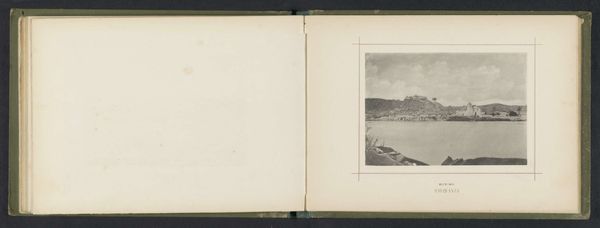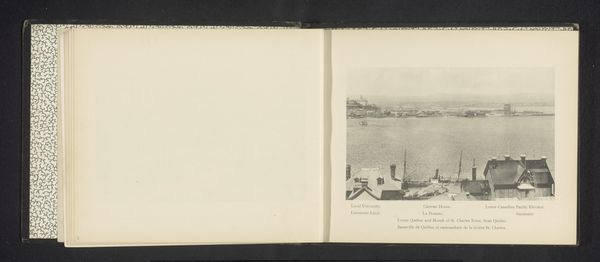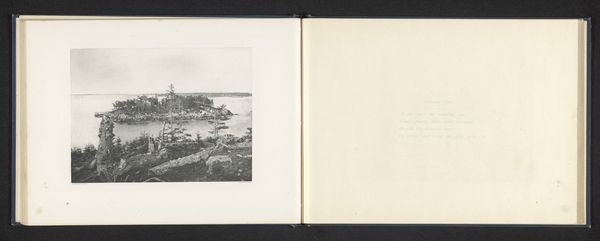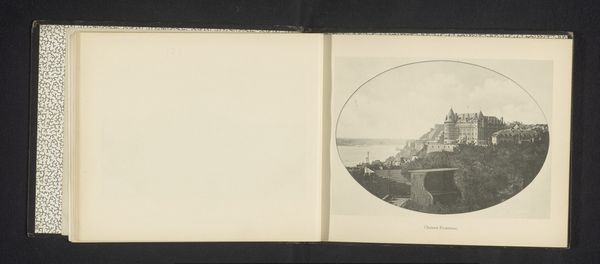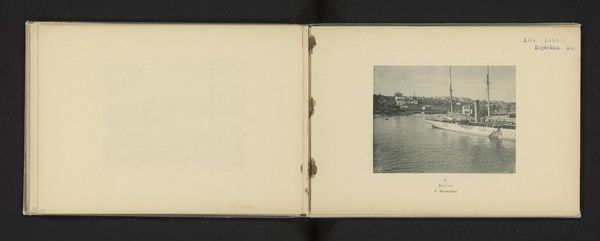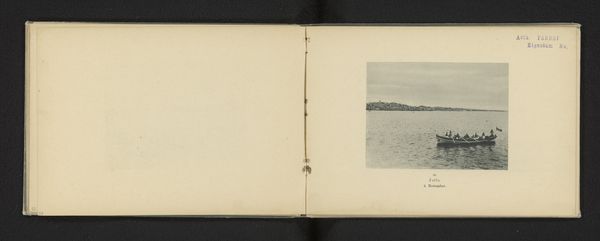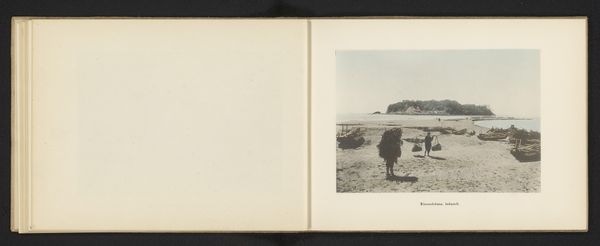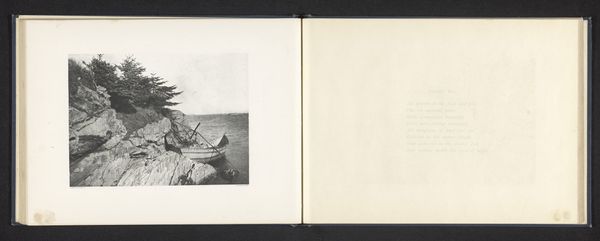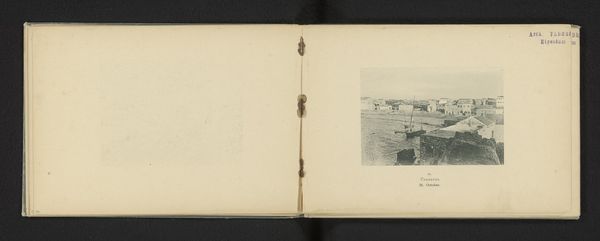
photography, albumen-print
#
landscape
#
river
#
photography
#
personal sketchbook
#
sketchbook drawing
#
cityscape
#
albumen-print
Dimensions: height 107 mm, width 168 mm
Copyright: Rijks Museum: Open Domain
This is a view of Québec, taken by Jules-Ernest Livernois, sometime between 1851 and 1933. The composition is structured by the broad horizontal of the river, against which the city sits on the higher bank. The image is almost monochromatic, dominated by muted greys and whites. This subdued palette brings a sense of calm, yet there is a latent dynamism in the receding perspective and the contrasts of light and shadow. Livernois frames the city not just as a visual spectacle but as a cultural signifier. The city of Québec, with its European architectural heritage, stood as a symbol of colonial history and cultural identity. Livernois' choice to capture it from a distance, across the river, introduces a play of absence and presence. The city is there, visible, yet also somewhat removed, suggesting themes of distance, memory, and perhaps a critical view of history. This photograph serves not just as a visual record but as a carefully constructed image, laden with cultural and historical implications. It prompts us to consider the ways in which cities, landscapes, and indeed, photographs themselves, function as carriers of meaning.
Comments
No comments
Be the first to comment and join the conversation on the ultimate creative platform.
